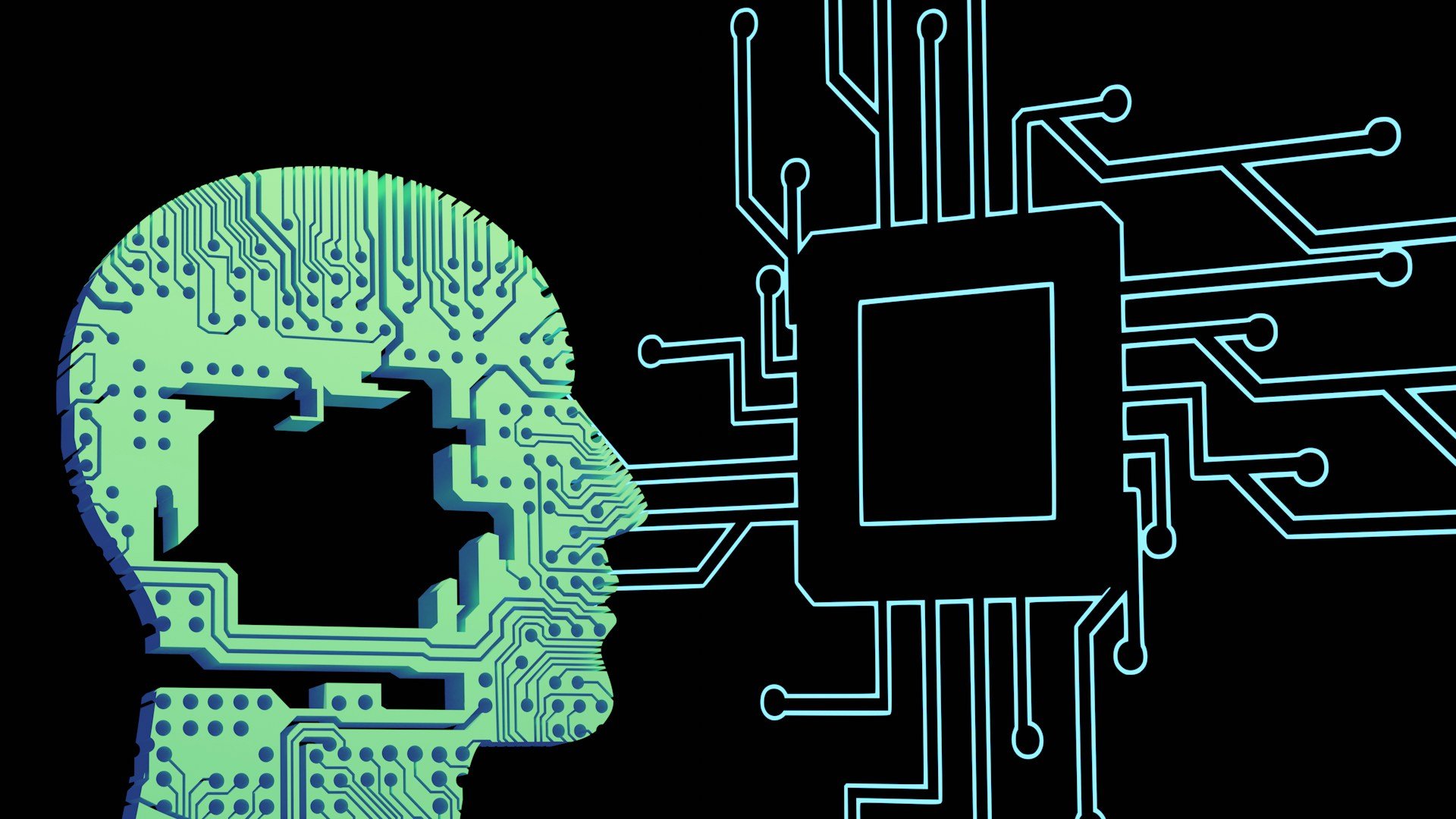The Rise of GenAI: An Overview
The Verizon Data Breach Investigations Report (VDBIR) acknowledges GenAI has been a hot topic among both cyber defenders and threat actors in recent times. However, its actual use by threat actors remains largely theoretical and experimental. So, what exactly is GenAI, and how does it relate to cybersecurity?
Understanding Generative Artificial Intelligence
GenAI refers to a subset of AI that generates content, such as text, images, or even code, based on patterns it learns from existing data. Think of it as an AI artist that can create new content by mimicking existing examples. While GenAI has potential applications in various fields, including cybersecurity, its impact on actual attacks has been limited so far.
GenAI in the Cybersecurity Landscape
Here are some key takeaways from the VDBIR regarding GenAI:
Low Mention Frequency:
Despite the buzz around GenAI, the number of mentions of GenAI terms alongside traditional attack types (such as phishing, malware, vulnerability, and ransomware) has been surprisingly low. Over the past two years, these mentions barely breached 100 cumulative instances. Most of these references were related to selling accounts for commercial GenAI offerings or tools used for generating non-consensual pornography.
Use Cases and Limitations:
If we extrapolate GenAI’s use cases, it could potentially assist in tasks like phishing, malware development, and vulnerability discovery. However, the report questions whether this assistance would significantly impact successful attacks. For instance:
Phishing and Pretexting:
Sophistication may not be a critical factor for successful phishing attacks. Basic techniques, combined with social engineering, have proven effective.
Malware and Ransomware:
Existing malware, especially ransomware, remains potent. Threat actors have a steady supply of zero-day vulnerabilities for initial infiltration.
State-Sponsored Threat Actors:
Some evidence suggests state-sponsored threat actors are experimenting with GenAI for “learning how to code” activities. However, breakthroughs in GenAI-driven attacks are not imminent.
Deepfake Technology:
While GenAI’s impact on traditional attacks is limited, advancements in deepfake-like technology have led to reported fraud and misinformation. Deepfakes can convincingly manipulate audio and video, posing new challenges for security.
Exaggeration and Hype:
Even GenAI tools themselves tend to exaggerate their influence. Organizations must adapt defense strategies to keep pace with evolving threats, but the hype surrounding GenAI should be taken with caution.
Conclusion
In the ever-evolving landscape of cybersecurity, GenAI remains an intriguing area to watch. While it hasn’t revolutionized attacks yet, its potential cannot be dismissed. As we navigate this natural vs. artificial divide, staying informed and prepared is crucial for safeguarding enterprises.
Remember, whether it’s human ingenuity or AI-driven innovations, the quest for security continues!
For more detailed insights, you can refer to the Verizon 2024 Data Breach Investigations Report. Stay vigilant and let’s keep our defenses sharp! 💪🔒



